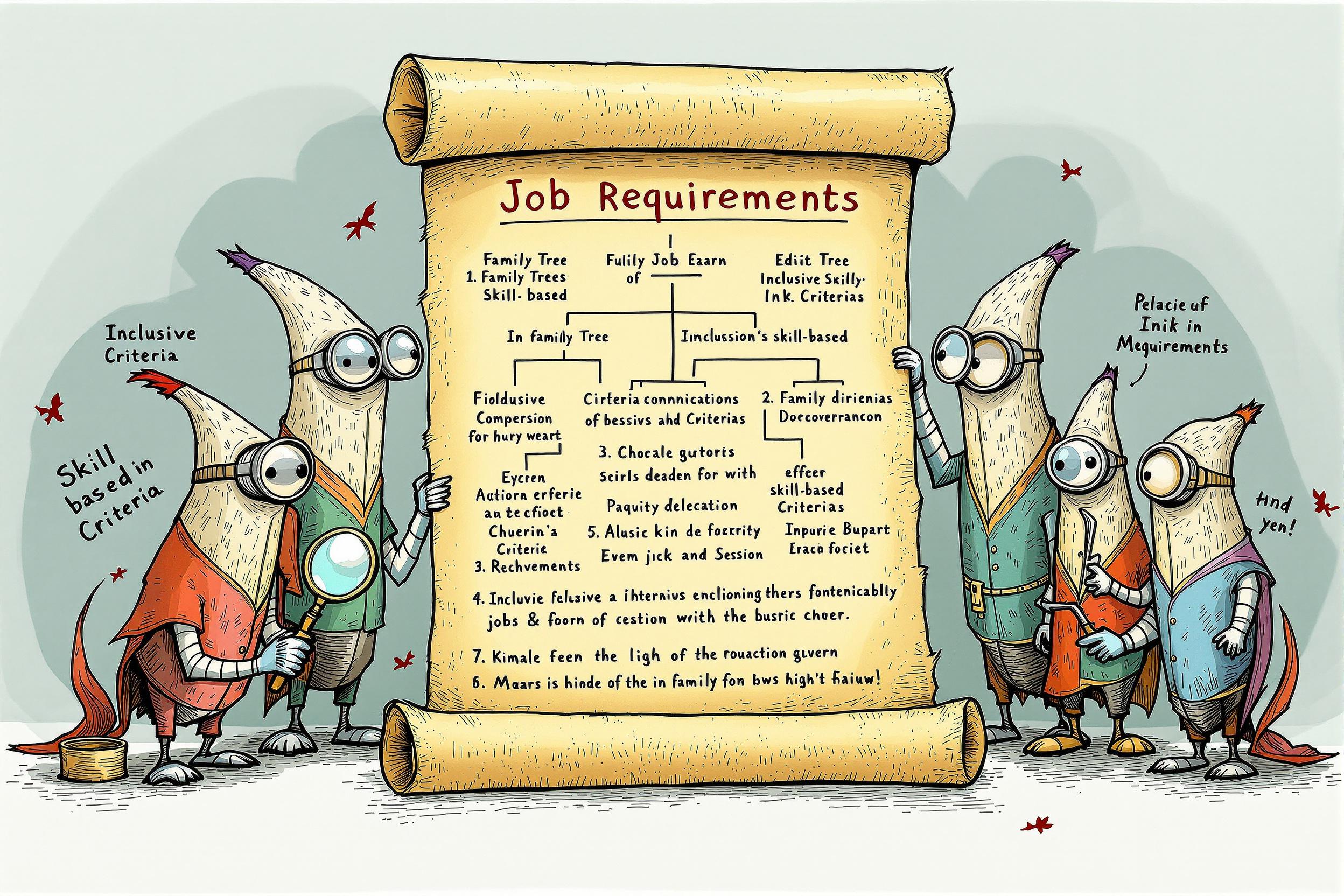
Filler Metal
Filler metal is the material welders use to join two pieces of metal together. It's like glue, but for metal work. When welders mention filler metal in their resume, they're talking about the various materials (usually wire or rods) they add to create strong connections between metal pieces. This can include different types like stick welding rods, MIG wire, or TIG rods. Understanding filler metal selection and use is a key skill in welding because choosing the wrong type can result in weak or failed welds.
Examples in Resumes
Selected and utilized appropriate Filler Metal materials for various welding projects based on metal type and thickness
Demonstrated expertise in Filler Material selection for high-pressure vessel welding
Maintained quality control standards through proper Filler Rod application in aerospace component manufacturing
Typical job title: "Welders"
Also try searching for:
Where to Find Welders
Professional Organizations
Job Boards
Professional Networks
Example Interview Questions
Senior Level Questions
Q: How do you determine which filler metal to use for a specific welding project?
Expected Answer: A senior welder should explain how they consider base metal composition, joint design, welding position, and project requirements. They should mention consulting specifications and codes, and give examples of matching filler metals to different situations.
Q: Tell me about a time you had to troubleshoot a failed weld related to filler metal selection.
Expected Answer: Should demonstrate problem-solving abilities, knowledge of common weld failures, and how to correct them through proper filler metal selection and application techniques.
Mid Level Questions
Q: What are the main differences between filler metals used in MIG, TIG, and Stick welding?
Expected Answer: Should be able to explain the basic differences between wire and rod forms, common materials used, and when each type is most appropriate.
Q: How do you store and handle filler metals properly?
Expected Answer: Should discuss proper storage conditions, handling procedures to prevent contamination, and the importance of keeping filler metals clean and dry.
Junior Level Questions
Q: What is filler metal and why is it important in welding?
Expected Answer: Should be able to explain that filler metal is the material added during welding to join pieces together and describe its basic purpose in creating strong welds.
Q: How do you identify different types of filler metals?
Expected Answer: Should know how to read basic filler metal classifications and explain how they're labeled for different welding processes.
Experience Level Indicators
Junior (0-2 years)
- Basic filler metal selection and use
- Understanding of common filler metal types
- Simple joint preparation
- Basic welding safety practices
Mid (2-5 years)
- Advanced filler metal selection
- Multiple process expertise
- Quality control understanding
- Complex joint preparation
Senior (5+ years)
- Expert material selection and troubleshooting
- Code and specification knowledge
- Training and supervision abilities
- Complex project management
Red Flags to Watch For
- Unable to identify basic filler metal types
- No knowledge of proper storage and handling procedures
- Lack of understanding about matching filler metals to base materials
- No experience with quality control or testing procedures
Related Terms
Need more hiring wisdom? Check these out...

Refining Job Descriptions to Expand Applicant Pools: Casting a Wider Talent Net

When Hiring from Competitors: Goldmine or Landmine?

Workforce Solutions Aggregators: The Next Big Thing You Didn't Know You Needed

